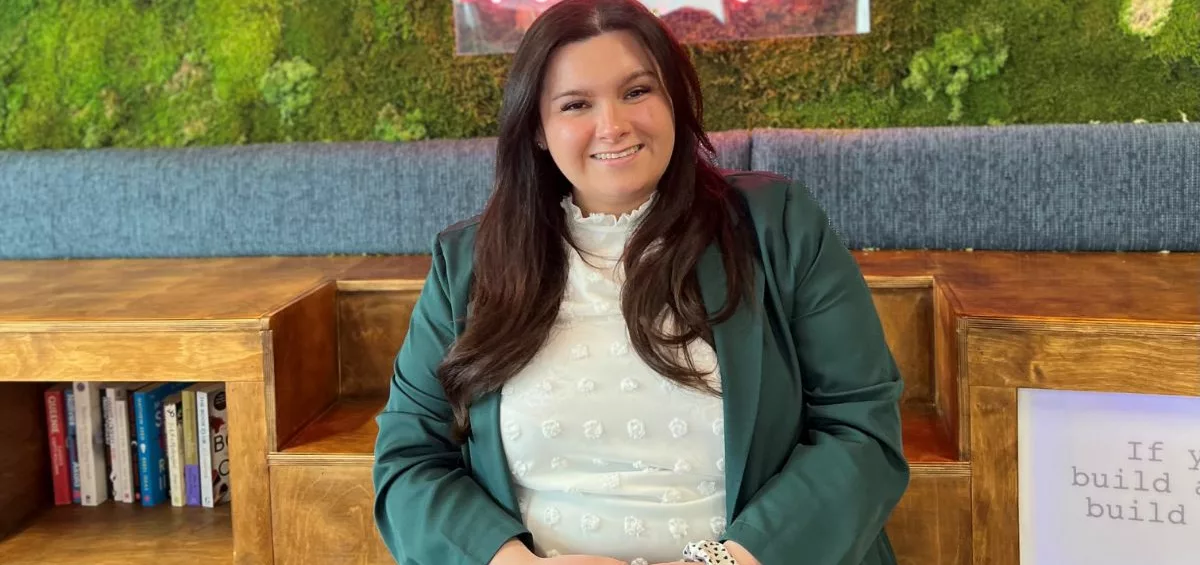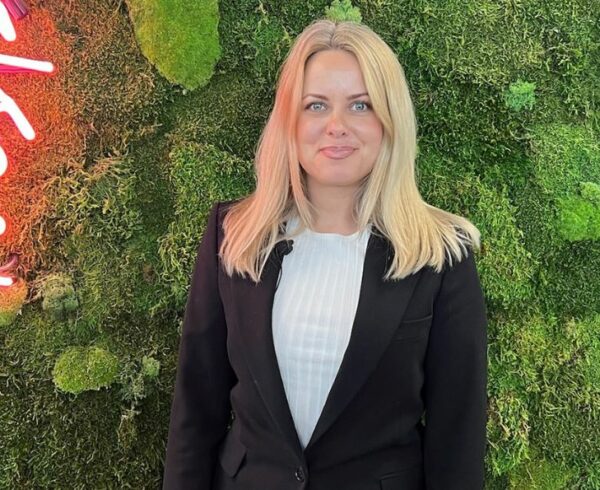Every March, people around the world come together to support Endometriosis Awareness Month. It aims to increase awareness and highlight the symptoms of this debilitating condition that affects an estimated 176 million women globally.
Fraud paralegal, Rhianne writes about her experience living with endometriosis and how businesses can support those suffering with the condition.
What is Endometriosis?
Endometriosis is a long-term condition where tissue similar to the lining of the womb grows in other places such as the ovaries, bowel, and bladder. Endometriosis can be painful, can cause fertility issues, and may have a devastating impact on education, personal and professional relationships, mental health, and quality of life.
It is estimated that endometriosis affects 1.5 million women and those assigned female at birth in the UK. This is around the same figure of those affected by diabetes or asthma.
Many celebrities including singer Halsey, actress Corinne Foxx and Love Island’s Molly Mae suffer from endometriosis and use their platforms to promote awareness.
Endometriosis Symptoms
Symptoms of endometriosis include (but are not limited to):
- Menorrhagia
- Dysmenorrhea
- Constant bloating (sometimes referred to as ‘endo belly’)
- Painful bowel and bladder movements
- Anaemia
- Bleeding between periods
- Ovulation pain
- Dyspareunia
How I Live with Endometriosis
I consider myself one of the lucky ones; I can now work full-time, study and volunteer. It isn’t always easy but in comparison to others who I have met on my endometriosis journey, my endo doesn’t affect my day-to-day life too much. I’m also fortunate enough to work for CEL Solicitors, where I can work from home on the days when I’m unable to get out of bed because of the pain.
For a long time, I allowed my endometriosis to dictate my life. I worked from home for 3 years because I was genuinely scared of working in an office environment and having a flare. When my period was due or when I was ovulating, I would cancel on friends because I didn’t want to be a burden. I found myself spending a lot of time on my own, which in the end, I learned to appreciate.
Over the past 12 months, my perspective has shifted. I now live my life for me and not my condition. I have gone back to studying, I now work in an office environment and I’m socialising more. I have an ‘endo kit’ in my bag and it is my backup for when my endometriosis flares.
Treatments to Help Endometriosis Symptoms
There is no cure for endometriosis, and it can be difficult to treat. Treatment aims to ease symptoms, so the condition does not interfere with daily life.
Treatment is often trial and error and is a long process. The ‘gold standard’ treatment for the condition is a laparoscopy which is a surgical procedure performed to burn or cut out the tissue. This is also the best way to officially diagnose the condition. However, due to the lack of awareness and education, plus a huge stigma around gynecological health, getting to that stage is an obstacle course filled with hormonal therapy, invasive procedures, gaslighting and misdiagnosis.
Endometriosis Diagnosis
On average it takes up to 7.5 years for a diagnosis. For me, it took just over thirteen years after suffering from the symptoms from age eleven.
Many go undiagnosed as gynecological health isn’t something which is talked about or researched enough due to periods and period conditions being considered a ‘taboo subject’. For example, Marilyn Monroe had endometriosis and struggled silently with it because of attitudes towards women’s health and gynecological health during the 1950s and 1960s. It is believed her endometriosis caused her painkiller addiction, which eventually caused her passing. The lesson we have learned from this decades later is that awareness and understanding are key.
How can Businesses Support Employees with Endometriosis?
- Raise awareness of the condition. It is a great way to help an entire workplace understand endometriosis a little better and destigmatise the condition. People don’t always have awareness of the health conditions that others around them may face but educating them on people’s lived experiences can lead to a shift in perspective.
- Understand that colleagues who suffer from endometriosis may not always be productive. Endometriosis takes its toll on the mental health of those who suffer from the condition – brain fog is commonly associated with endometriosis.
- Provide a flexible workplace. If your employees can work from home, let them do so on their bad days. With endometriosis and any chronic illness, we tend to gatekeep sick days for when we’re unwell due to implications it will have on other colleagues and workload. During flare ups, allow your employees a little more time for toilet breaks – the anxiety of bleeding through is very real.
- Create an inclusive safe space for staff to feel comfortable if working from home allowances cannot be made. One of the barriers for trans and non-binary colleagues accessing support for endometriosis is the feeling that these spaces are not traditionally designed for them. These safe spaces must be inclusive of all genders.













